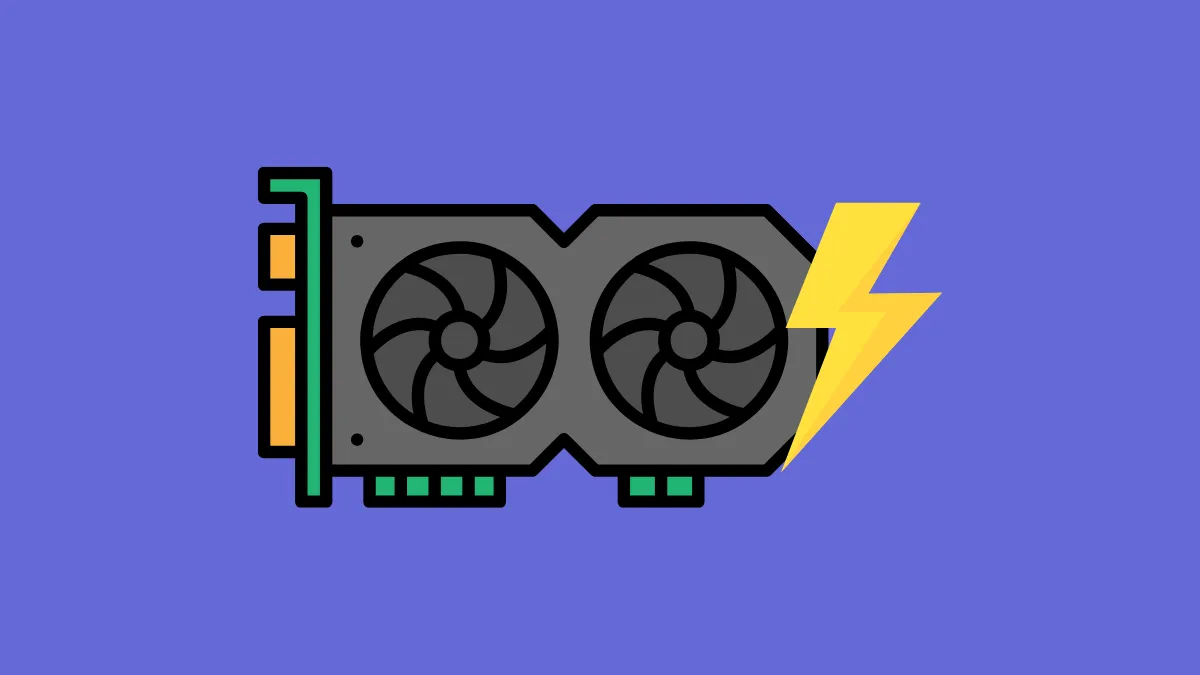Dedicated Video RAM (VRAM) is critical for handling graphics-intensive tasks like gaming, 3D modeling, and video editing. Insufficient VRAM can cause lag, stuttering, and graphical errors. Luckily, Windows users have several options to boost their dedicated VRAM without immediately investing in a new graphics card.
Check Your Current VRAM
Before making any changes, determine how much dedicated VRAM your system currently has.
Step 1: Press Win + I to open Settings, then navigate to System > Display.
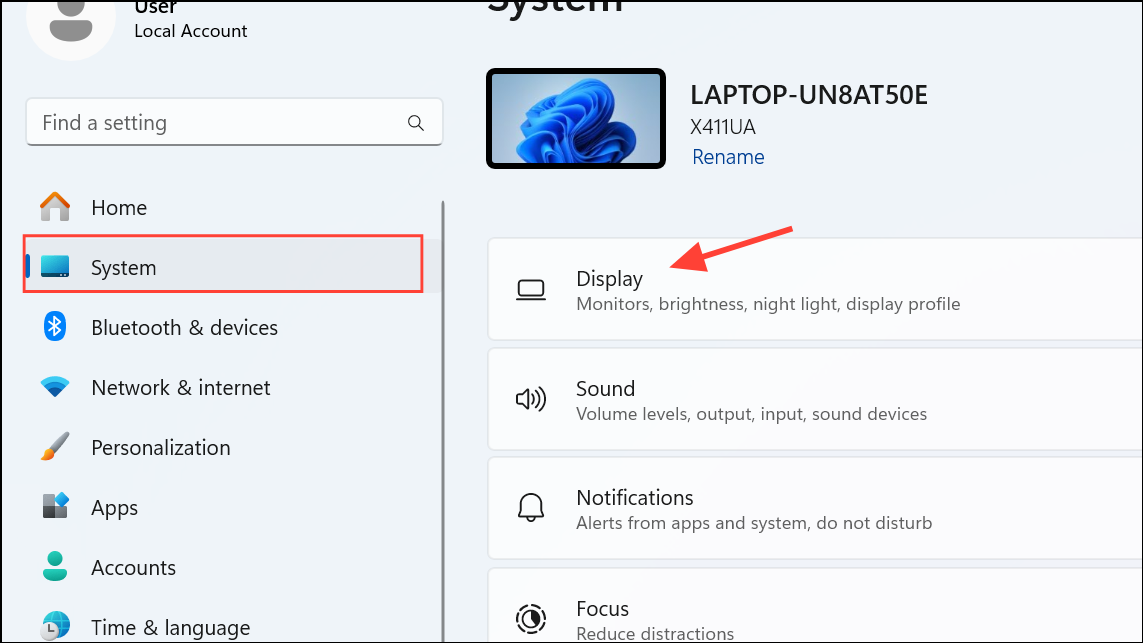
Step 2: Click on Advanced Display Settings > Display Adapter Properties. Here, you'll see the amount of Dedicated Video Memory listed.
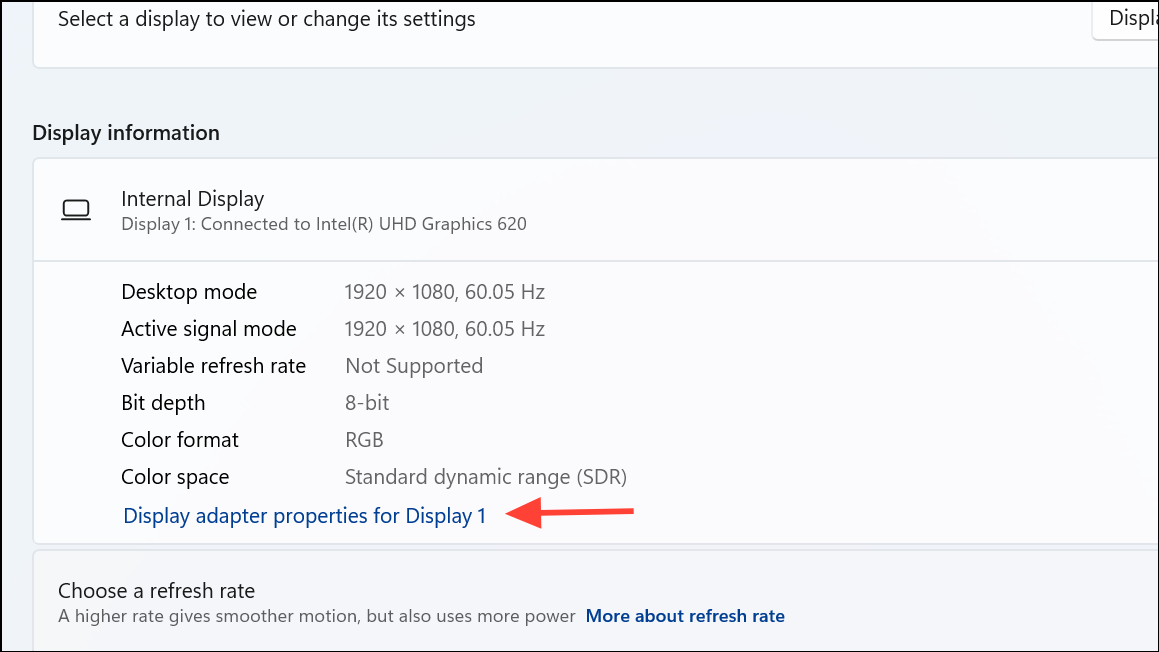
Method 1: Increase VRAM Through BIOS/UEFI Settings
Adjusting VRAM allocation via BIOS/UEFI is often the most effective way, especially for integrated GPUs. To do this, first restart your computer and enter BIOS or UEFI settings by pressing a specific key (usually F2, F10, or Del) during startup. Once inside BIOS/UEFI, navigate to the Advanced or Chipset menu and look for options like Graphics Settings, UMA Frame Buffer Size, or DVMT Pre-Allocated. Select a higher value (for example, 512MB or 1024MB), save your settings, and reboot your computer.
Keep in mind, BIOS/UEFI menus vary by motherboard manufacturer. Consult your motherboard's manual or manufacturer's website if you're unsure about specific settings.
Method 2: Adjust VRAM Using Windows Registry Editor
This method doesn't physically increase VRAM, but it allows you to set a higher reported VRAM value. This can help bypass certain software requirements.
Step 1: Press Win + R, type regedit, and press Enter to open Registry Editor.
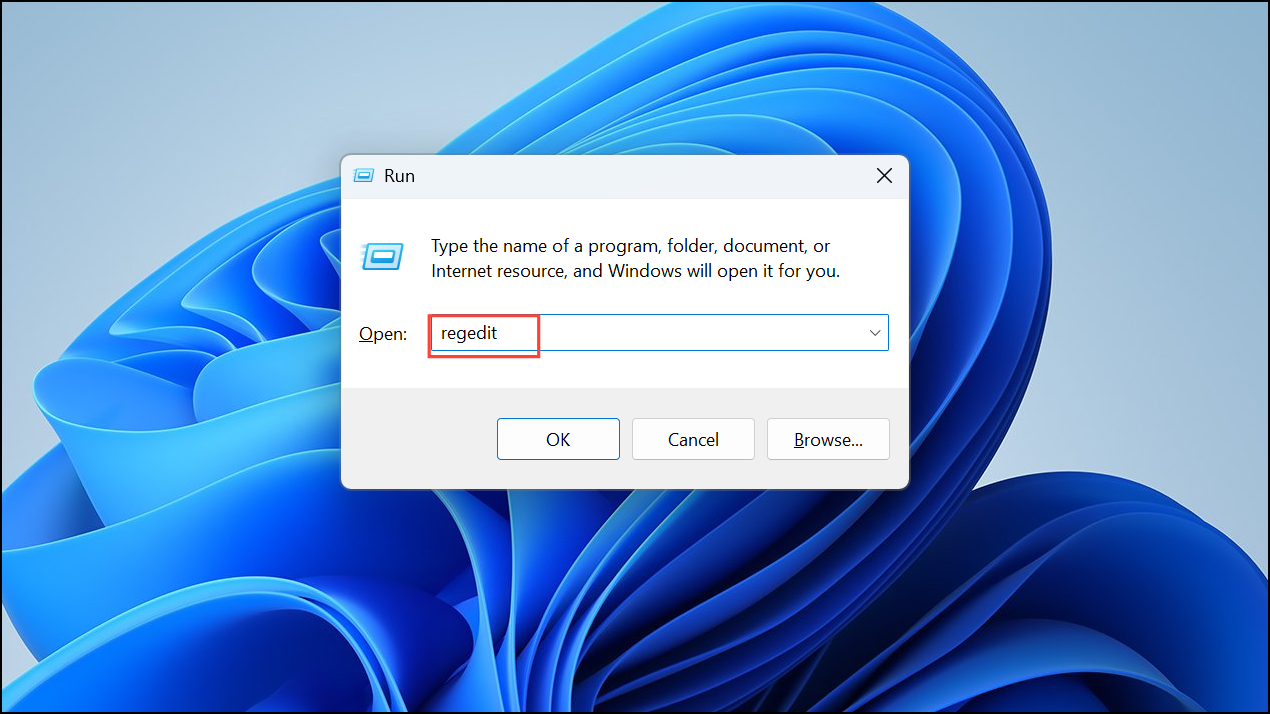
Step 2: Navigate to:
HKEY_LOCAL_MACHINE\Software\Intel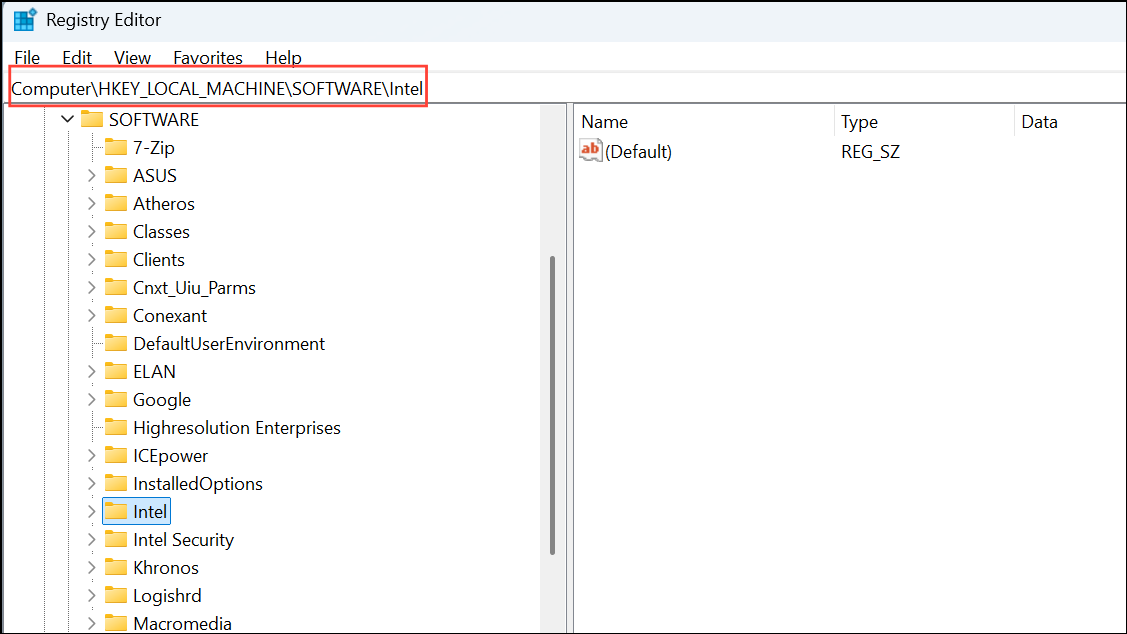
Step 3: Right-click the Intel folder, select New > Key, and name it GMM.
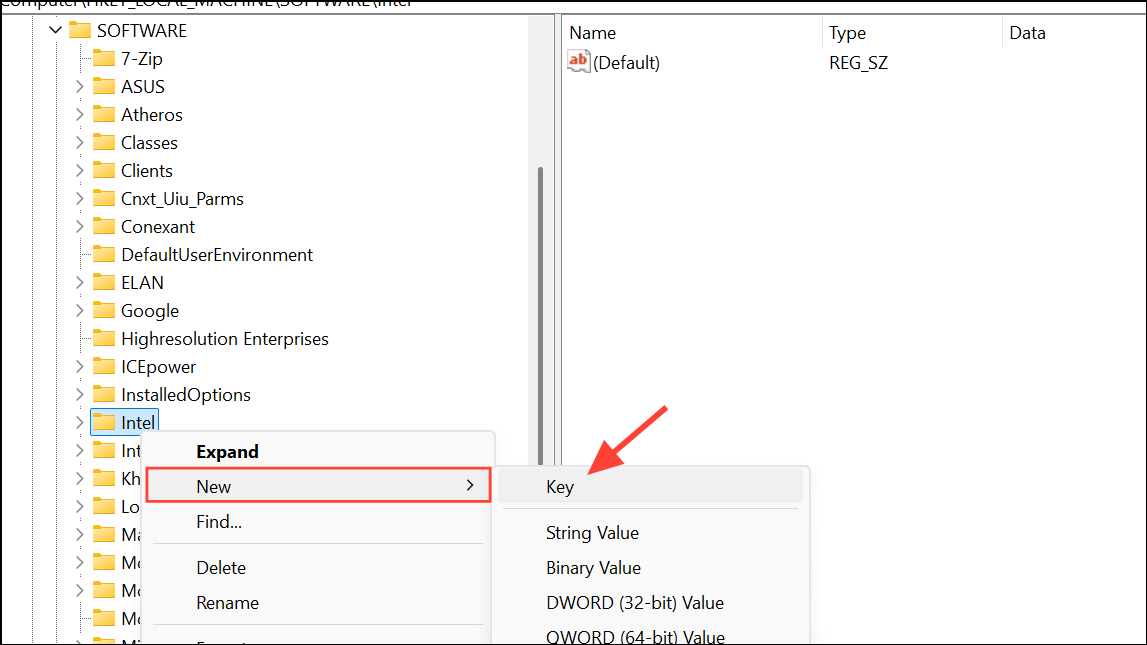
Step 4: Inside the GMM folder, right-click the blank area and select New > DWORD (32-bit) Value. Name this value DedicatedSegmentSize.
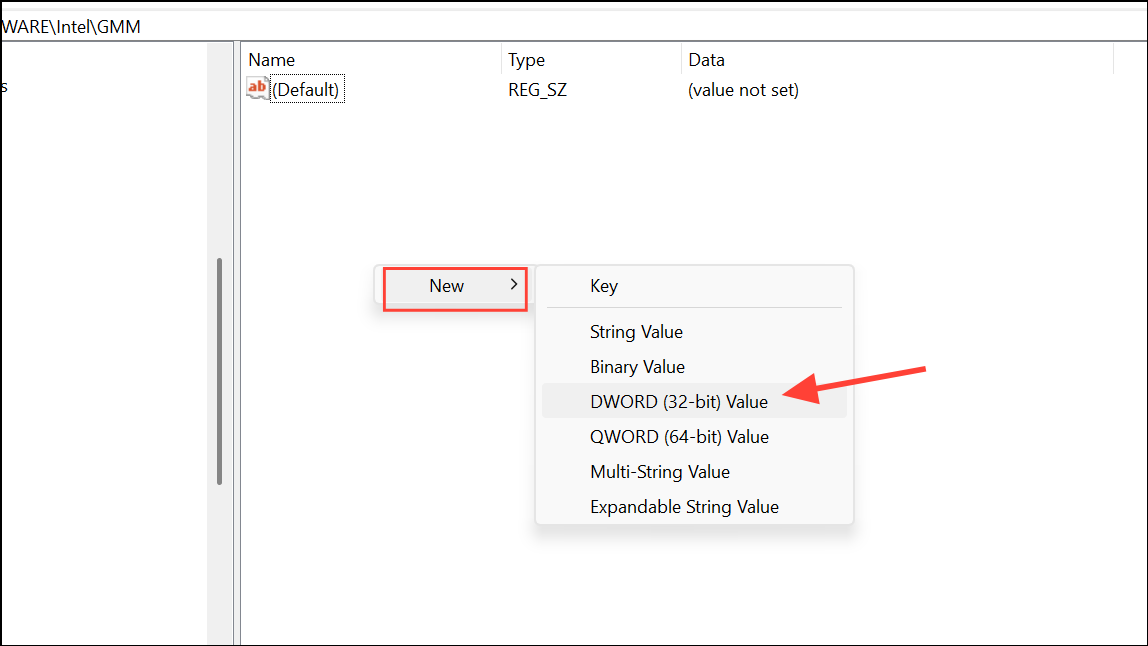
Step 5: Double-click it, choose Decimal, and enter a value between 128 and 512 (representing MB). Click OK, close the Registry Editor, and restart your PC.
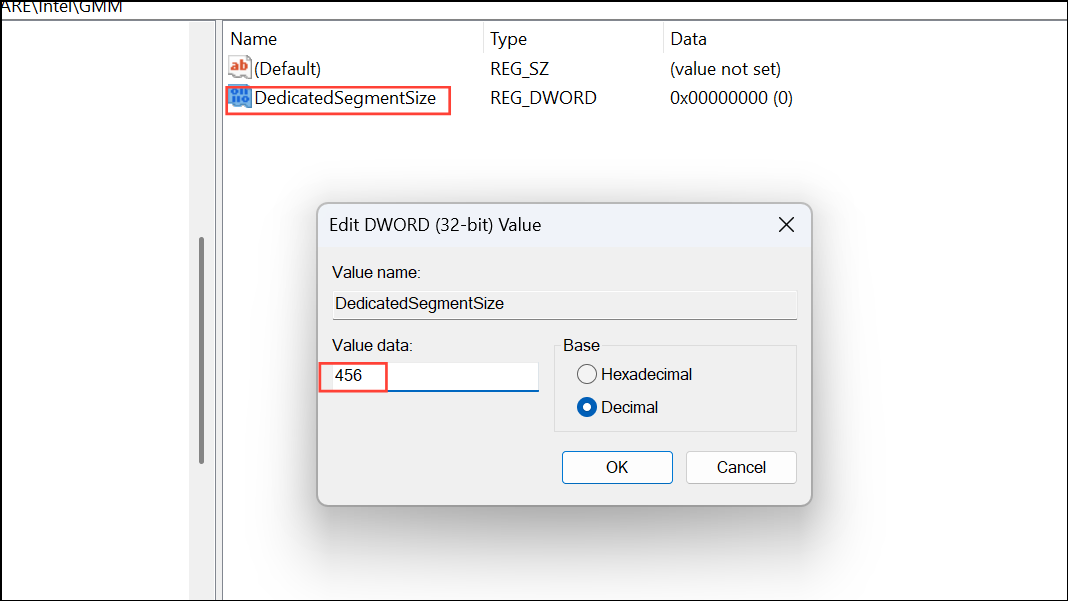
Method 3: Allocate More Shared System Memory
Windows allows integrated graphics to share system RAM, which can help improve graphics performance.
Step 1: To adjust this, open Settings (Win + I), go to System > Display.
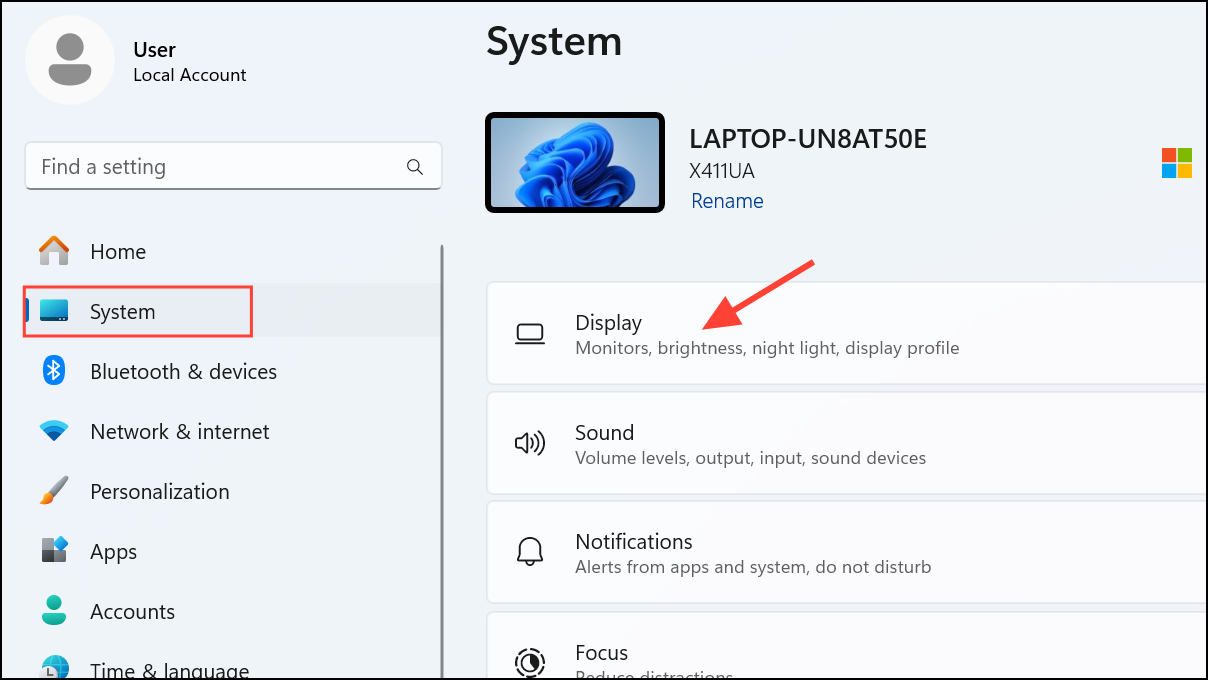
Step 2: Click on Graphics.
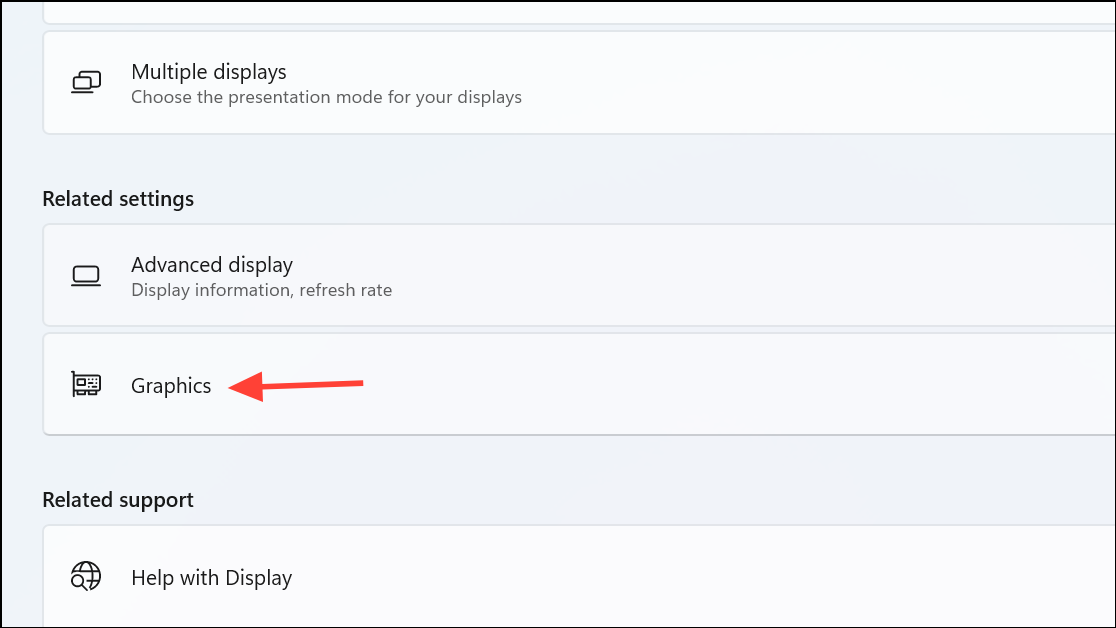
Step 3: Under Custom settings for applications, select the app or game you want to optimize, or click on Add desktop app and choose a program,
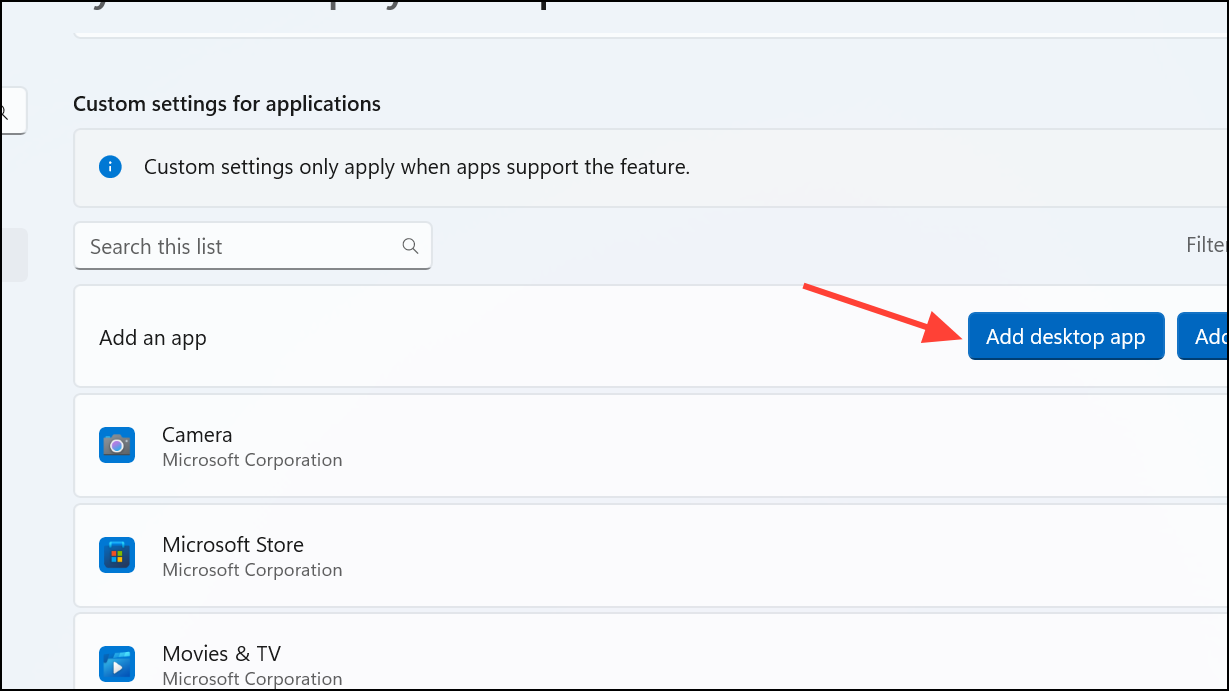
Step 4: Click the GPU Preference dropdown for the app and select High performance. This directs Windows to allocate more system resources to graphics processing, potentially reducing lag and improving frame rates.
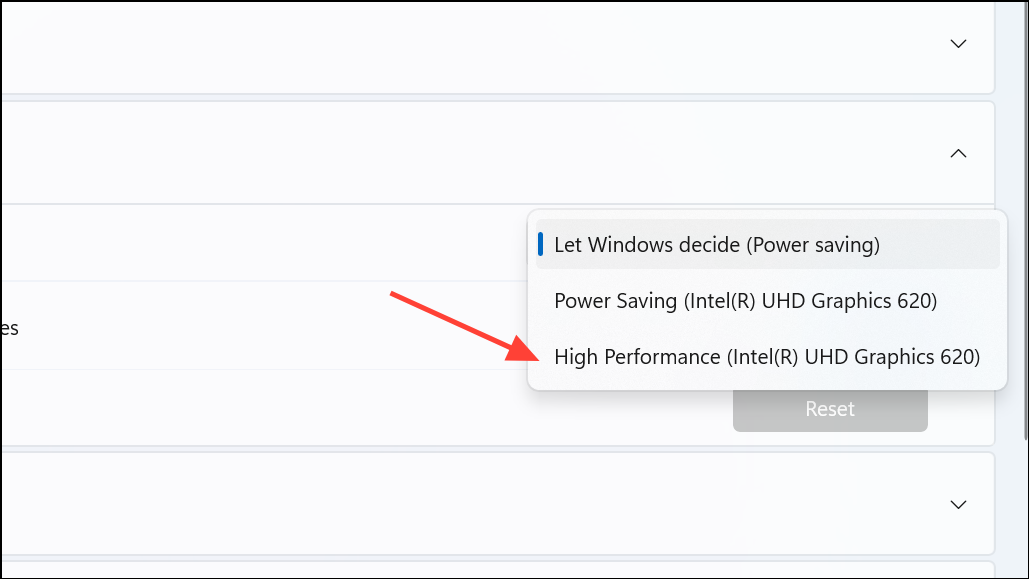
While this doesn't directly increase dedicated VRAM, it can still provide noticeable performance improvements.
Method 4: Update Your Graphics Drivers
Outdated graphics drivers can negatively affect performance. Regularly updating your graphics drivers ensures optimal use of VRAM and GPU resources.
Step 1: Press Win + X, select Device Manager.
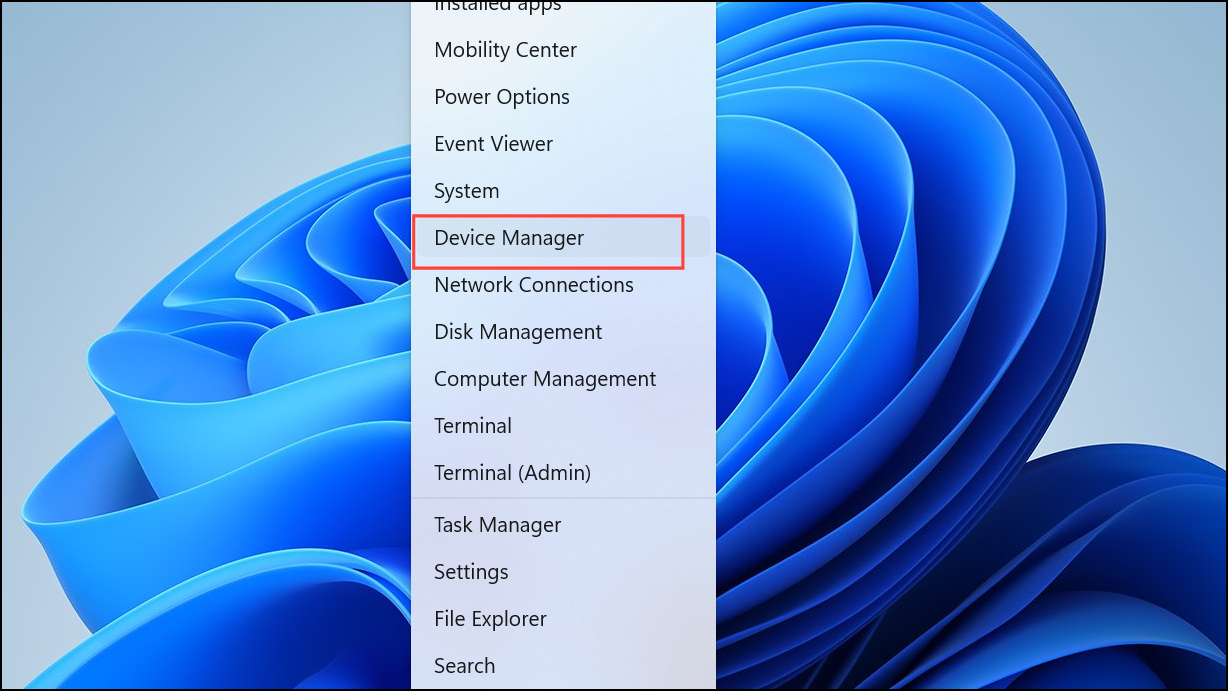
Step 2: Expand Display adapters, right-click your graphics device, and select Update driver.
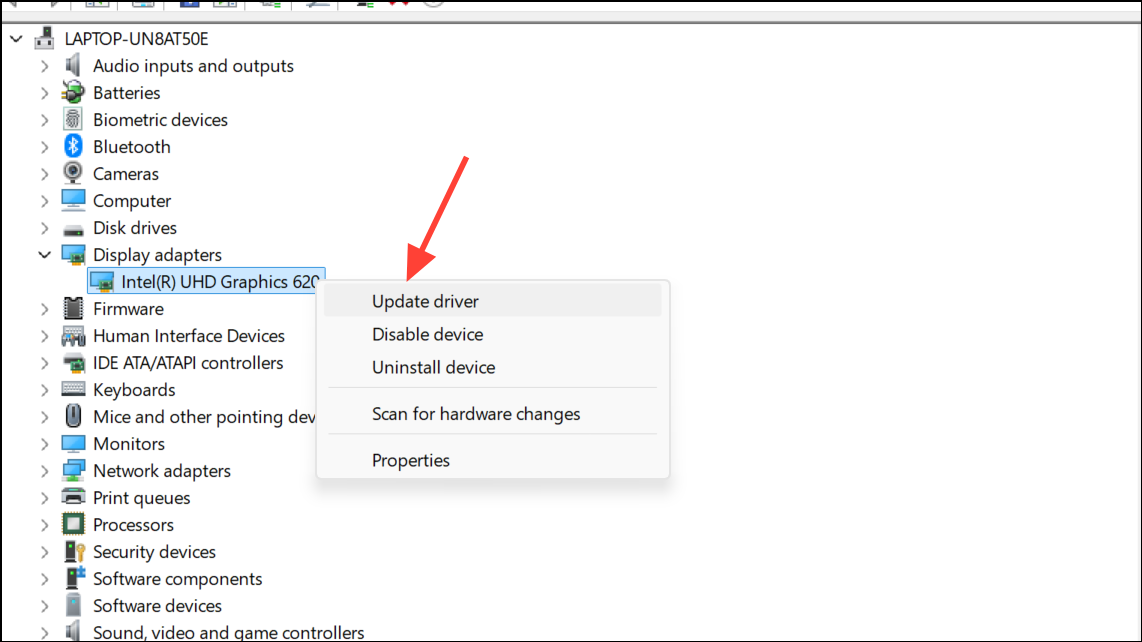
Step 3: Choose to search automatically for updated drivers and follow the instructions to complete the update.
Method 5: Overclock Your GPU
Overclocking increases GPU performance by boosting its clock speeds, indirectly making better use of available VRAM. Tools like MSI Afterburner or EVGA Precision X1 let you safely raise GPU core and memory clocks. After installing one of these tools, gradually increase clock speeds and run stress tests or games to ensure stability. Monitor temperatures closely to prevent overheating.
Method 6: Upgrade Your Graphics Card
If your system's graphics performance is consistently unsatisfactory despite trying other methods, upgrading to a dedicated graphics card with more VRAM is the most effective solution. Modern GPUs from NVIDIA and AMD offer significantly improved performance, allowing you to run demanding games and applications smoothly at higher settings. Be sure to verify compatibility with your motherboard, power supply, and case before purchasing a new GPU.
By increasing your dedicated VRAM using these methods, you can significantly improve your graphics performance, reduce lag, and enjoy a smoother experience in games and graphics-intensive applications.

